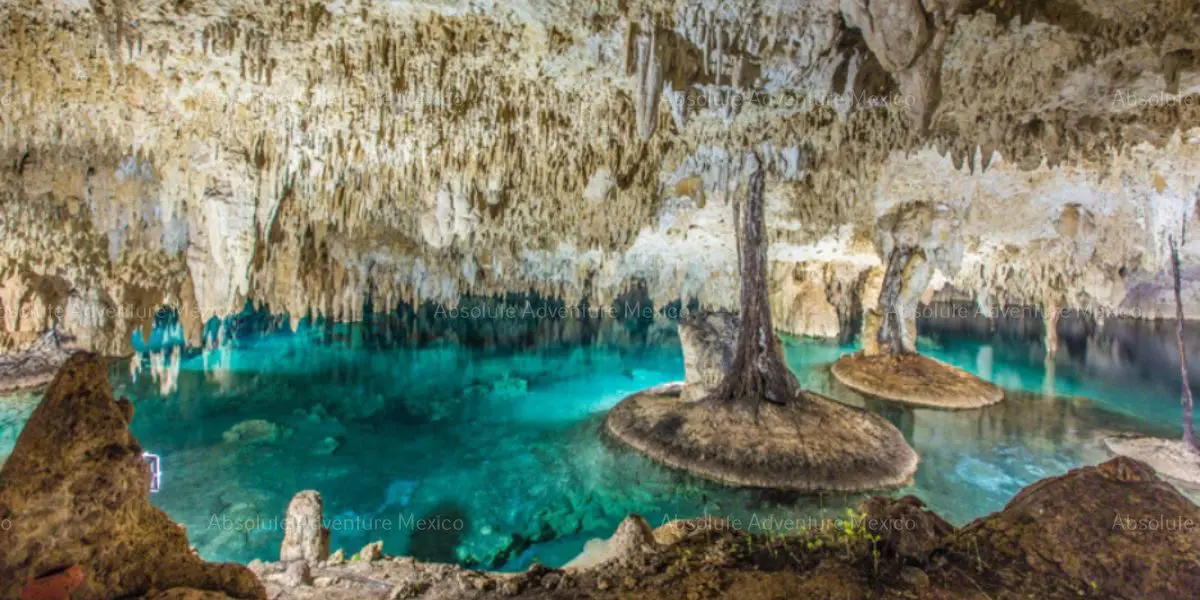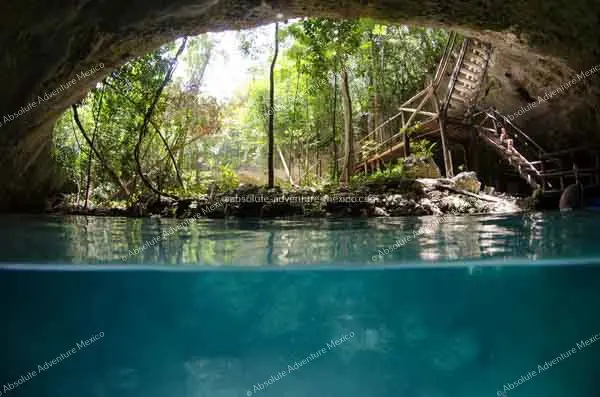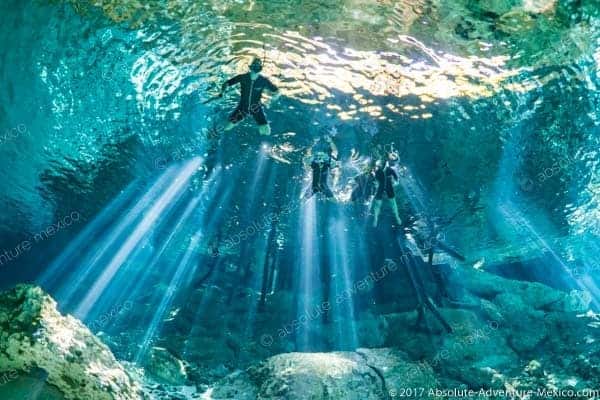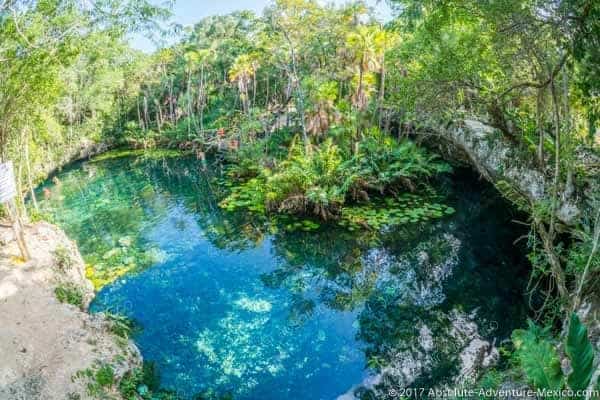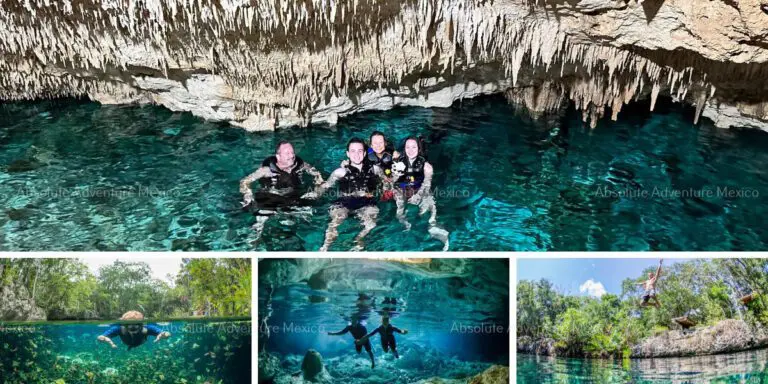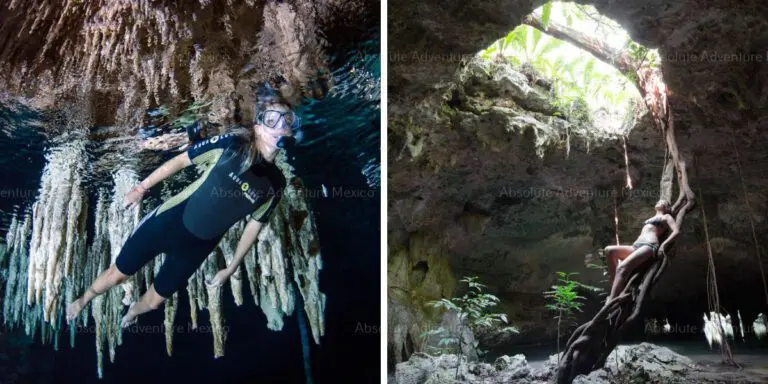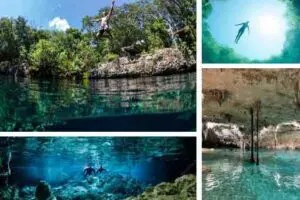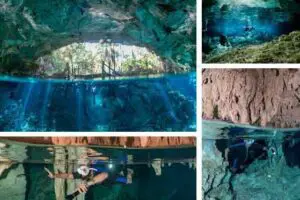Learn more about cenotes
You’ve heard about Mexico Cenotes… but what is a Cenote? Mexico cenotes are found in the Yucatan peninsula, which is relatively low and flat and virtually has no surface streams and rivers.
Mexico Cenotes: The Biggest Streams in the World!
The Yucatan has two of the largest streams in the world that run through the entire Yucatan peninsula. They include the Ox Bal Ha, which spans an incredible 159.5 miles (256.7 km), the Sac Aktun 143.4 miles (230.8 km). Dos Ojos cenotes underwater system is very famous as well with 54.6 miles (88km).
What is even more incredible is the fact that these two huge natural underwater systems have paved the way for human settlement and distribution in the entire peninsula for over 10,000 years! The Yucatan hosts the world’s most breathtaking cenotes and rivers that flow underground.
The Majesty of Cenotes
Pronounced as (say-no-tay), cenotes are basically Mother Nature’s sinkholes, which are formed when the ceiling of any cave collapses underwater – providing a mesmerizing window to a completely different world. Moreover, cenotes were the Mayan civilization’s only source of water that flowed through the jungles of Maya.
The Significance of Cenotes for Mayas
Cenotes were also held as being sacred to the Mayan people. They believed that the sinkholes represented a passage to the underworld – or ‘Xibalba’ in Mayan language. The Mayans believed that Xibalba was the place where the spirits of their gods lived and roamed free.
A majority of underwater caverns gradually collapsed when the Ice Age ended some 18,000 years ago. And when that happened there was an eventual increase in climatic temperatures, which melted the glaciers and caves began to flood as the sea levels increased.
The Mayans called these sinkholes D’zonot, from which the word cenote is derived. D’zonot refers to underwater chamber where there is a permanent flow of water. There are many cenotes that are vertical in shape – shafts that contain water, while other cenotes are more expansive and consist of different passageways and pools.
Experts and scientists have different theories and perspective on how quickly sea levels began to rise, but almost all believe that the current level of the water in the Yucatan peninsula reached its existing level 10,000 years ago.
Archeologists have also uncovered massive finding in cenotes. There were fossils of mammoths and massive jaguars and sloths found in the underwater cave systems. More astonishingly, artifacts found in the cenotes suggested that the caves were visited by humans some 13,000 years ago!
Diving and Snorkeling
Mexico cenotes are famous for snorkeling and diving and you will be amazed to know that divers from all across the globe come to the peninsula to test the waters. Almost all cenotes in the coastal area of Playa del Carmen and Tulum are the prime go-to spots for swimming, snorkeling and scuba-diving.
The sight of the underwater landscape is enough to leave you awe-struck, never wishing to come out of the water.
So, join us in these adventures and open your eyes to a more mystifying world.

